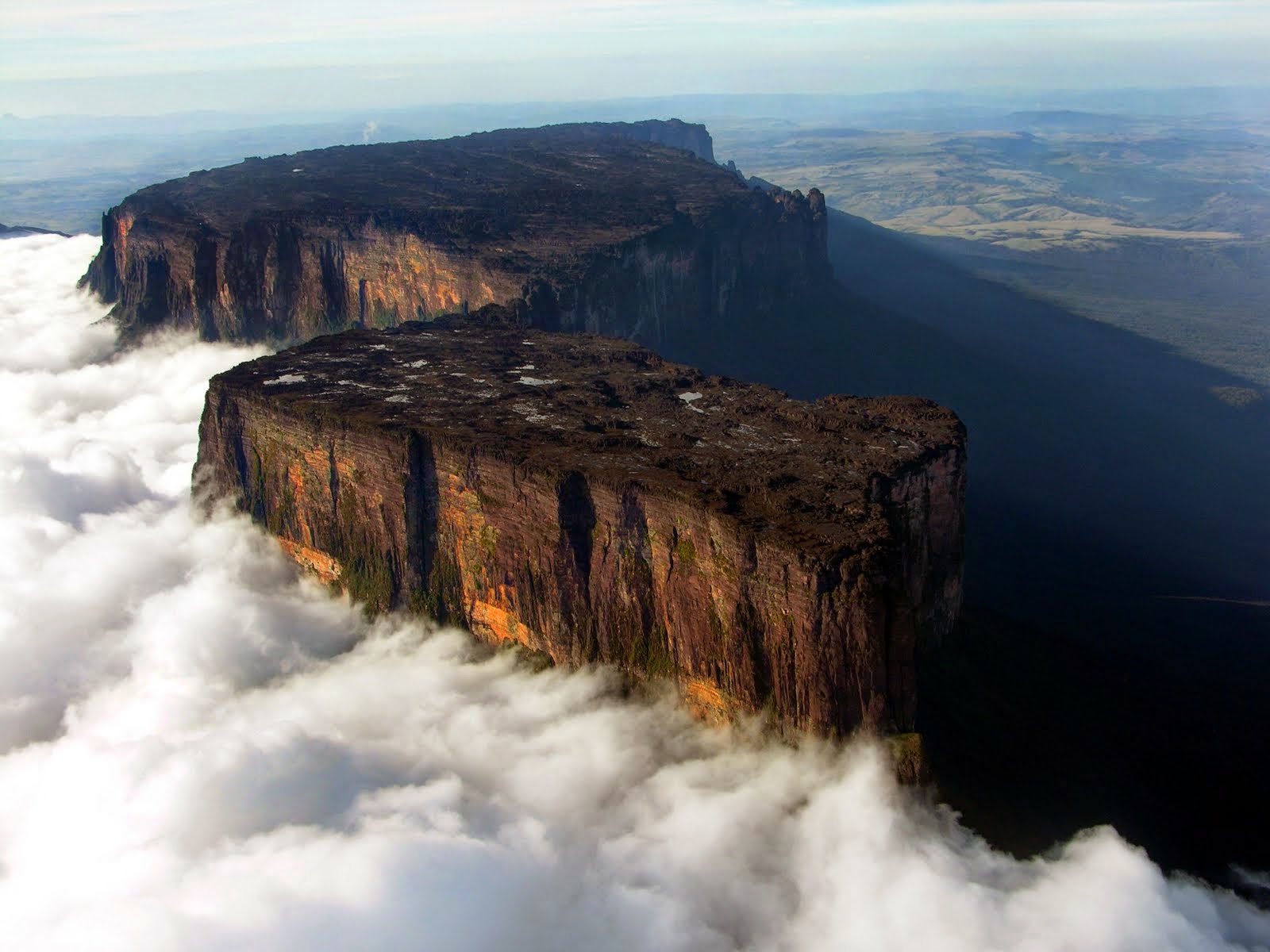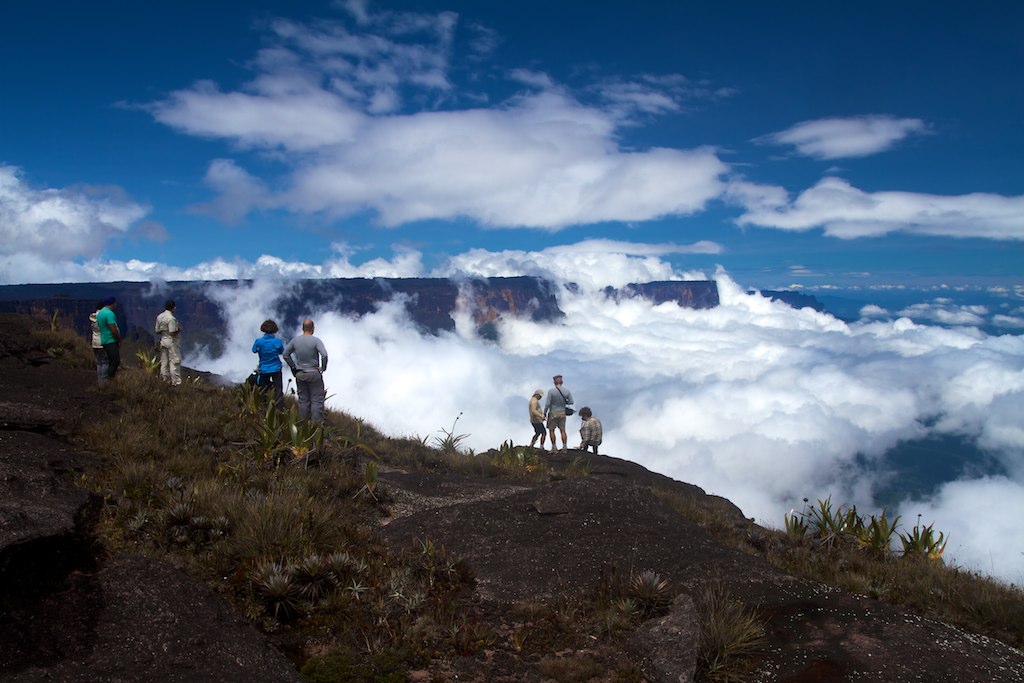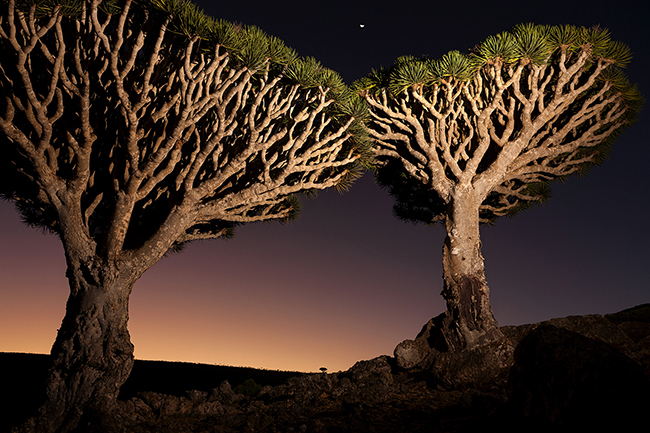This title captures interest by promising to travel the surreal and nearly unbelievable view of our planet, attracting adventurers, nature enthusiasts, and those intrigued by Earth’s geographical variation. These top 5 most unreal places on Earth challenge our understanding of what natural landscapes can look like. The world is full of imaginary places, where nature’s creativity knows no bounds and view defy belief, where the impossible feels within reach, and every moment is filled with wonder. Unlike any other, where reality blurs with fantasy and every corner holds a surprise. From the fiery depths of the Door to Hell in Turkmenistan to the alien forms of flora on Socotra Island, each location defies the ordinary and transforms our perception of the world. These places are not just visually staggering; they are enigmas wrapped in the mysteries of natural evolution and geographical phenomena. Journeying into these areas offers more than just a journey—it’s a full-scale expedition into the borders of Earth’s most extraordinary locations.
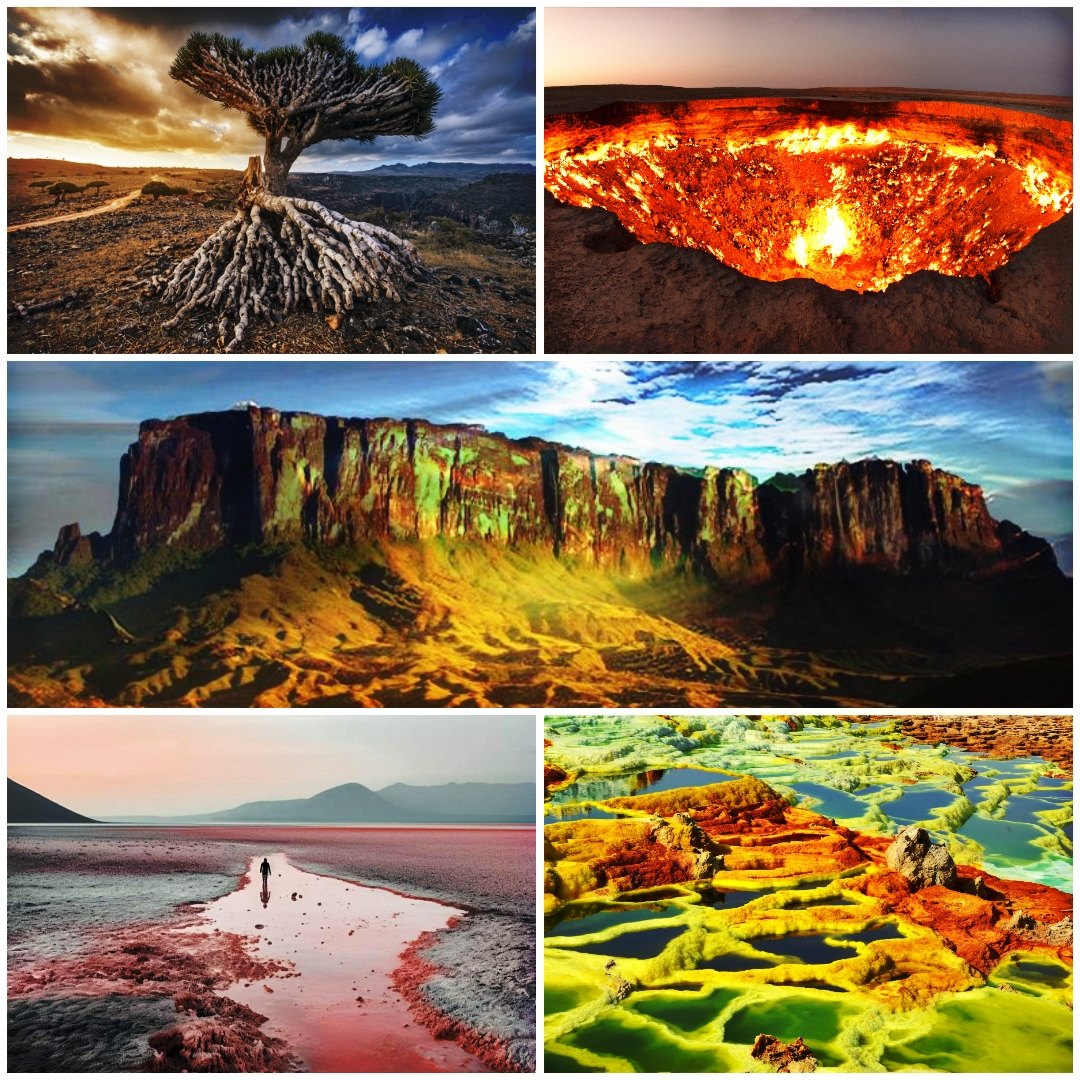
Welcome to a journey beyond the edges of the map, where World’s most breathtaking realms lie hidden. Ever wondered what it feels like to step onto another planet without leaving this one? Or why some of Earth’s landscapes can seem scientifically impossible? This blog searches deeply into the heart of Nature’s most wonderful places, showing how they came to be through a blend of scientific phenomena and mythical allure. Here, we explore not only the unusual beauty of these spots but also the ecological and geological secrets that contribute to their otherworldly appearances!
5- The Door to Hell, Turkmenistan
( Flames of the desert)
Where on the map:
Darvaza, Turkmenistan, approximately 260 kilometers north of Ashgabat.
Best time to visit:
Spring (April to June) and autumn (September to November) to avoid extreme desert temperatures.
Deep in Turkmenistan’s Karakum Desert lies a sight straight out of a fantasy novel – the ‘Door to Hell.’ Since 1971, flames have danced incessantly from this fiery crater, creating an otherworldly spectacle that captivates all who behold it. But yeah! it has been burning continuously ever since.The flames from the Darvaza Gas Crater have been burning for over five decades. The crater measures about 230 feet (70 meters) in diameter and 65 feet (20 meters) in depth, and the flames can reach heights of 10 to 30 feet (3 to 9 meters). Sound’s Unbelievable? but it’s true though.
For adventurous souls, a visit to the ‘Door to Hell‘ is a once-in-a-lifetime experience. The Darvaza Gas Crater has become a popular tourist attraction. Adventurous travelers from around the world visit the site to witness the mesmerizing spectacle of the burning crater glowing against the night sky. The flames from the Darvaza Gas Crater cast an eerie glow that can be seen from miles away, creating a surreal and otherworldly atmosphere in the desert.

4- The Lake Natron
(Tanzania’s Colorful Oasis)
Where on the map:
Lake Natron is located in northern Tanzania, close to the Kenyan border.
Best time to visit:
The best time to visit Lake Natron is during the cooler dry season from June to October.
Lake Natron, a place where reality seems to blur with the surreal. This is a land unlike any other, where the earth itself appears to be painted in shades of red, pink, and orange.Stretching for over 35 miles along the Tanzania-Kenya border, Lake Natron stands as a testament to the forces of nature. The water temperature of Lake Natron can reach up to 40 degrees Celsius (104 degrees Fahrenheit) during the hottest months of the year.
Its distinctive hue comes from the presence of microscopic algae and bacteria, such as cyanobacteria, which thrive in the lake’s highly alkaline waters. Lake Natron is truly a unique ecosystem. It is one of the most alkaline lakes in the world, with a pH level that can reach above 10.5. This extreme alkalinity is due to the presence of sodium carbonate and other minerals leached from the surrounding volcanic rocks.
Indeed, Lake Natron is a haven for flamingos, whose vibrant pink feathers contrast starkly against the lake’s otherworldly backdrop. These elegant birds come here to breed, taking advantage of the abundant food supply provided by the lake’s alkaline waters. As the flamingos dance gracefully through the shallow waters, they leave behind intricate patterns of footprints etched into the salt crust. It’s a scene of beauty and tranquility, one that belies the harsh conditions that prevail in this remote corner of the world.

3- Mount Roraima
(Journey to the Edge of the World)
Where on the map:
Mount Roraima is located at the triple border point of Venezuela, Brazil, and Guyana in South America.
Best time to visit:
The best time to visit Mount Roraima is during the dry season from December to April.

In the midst of the dense Amazon rainforest lies a geological marvel like no other: Mount Roraima. . It is a tepui, which is a flat-topped mountain characterized by sheer cliffs on all sides. Mount Roraima summit stands at approximately 2,810 meters (9,219 feet) above sea level. Mount Roraima summit plateau covers an area of approximately 31 square kilometers (12 square miles). This mount is estimated to be over two billion years old, making it one of the oldest geological formations on Earth. Its ancient rocks provide valuable insights into the Earth’s distant past. This is no ordinary mountain. With its massive flat-topped summit and towering cliffs, Mount Roraima has long been shrouded in mystery and legend.

It also holds spiritual significance for indigenous tribes living in the region. It is often regarded as a sacred place, associated with ancient myths and legends passed down through generations. And Even with its isolated position Mount Roraima attracts adventurous travelers and climbers from around the world. Trekking expeditions to the summit offer a once-in-a-lifetime opportunity to experience the breathtaking beauty of this natural wonder. While precise figures may vary, Mount Roraima attracts thousands of adventurous travelers and climbers from around the world each year.
2- Socotra Island
(Nature’s Treasure)
Where on the map:
Socotra Island is imagined as a remote paradise in the Pacific or Caribbean.
Best time to visit:
The dry season from February to July is ideal, offering clear, sunny weather.
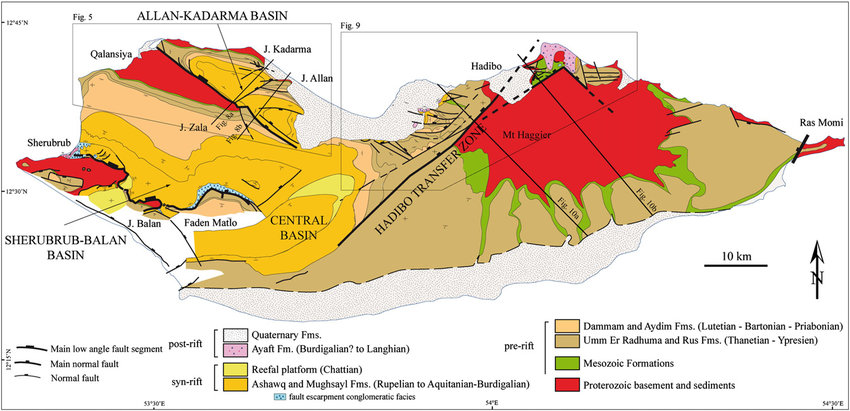
Socotra is a real-life fairy tale land. It’s a little island with big surprises.And it’s not just the plants that are unique. There are also birds, reptiles, and insects that you won’t see anywhere else. They’ve made Socotra their home, and they’re perfectly adapted to this special place. Socotra Island is a truly remarkable destination known for its exceptional biodiversity and stunning landscapes.
This remote island is home to over 700 species of plants, with approximately one-third of them found nowhere else on Earth. Among these unique plants are the iconic Dragon’s Blood Tree, famous for its umbrella-shaped canopy and crimson resin, and the rare Desert Rose, which thrives in the island’s arid climate.
What make it more attractive is its diverse flora, Socotra boasts a variety of endemic wildlife, including birds, reptiles, and insects. These species have evolved in isolation over millions of years, adapting to the island’s harsh and arid environment.
In spite of its remote location, people live here too! The Socotrans have a special connection to the land and have learned to live off its resources. Their way of life adds even more charm to this already magical island. It has also become increasingly popular as a tourist destination in recent years. Visitors are drawn to its amazing landscapes, rich cultural heritage, and unique biodiversity. Sustainable tourism practices are essential to minimize the impact on the island’s delicate ecosystem and promote responsible stewardship.
1- The Danakil Depression
(Earth’s Hotspot)
Where on the map:
Darvaza, The Danakil Depression is located in northeastern Ethiopia, near the border with Eritrea.
Best time to visit:
The best time to visit the Danakil Depression is during the cooler months from November to March.

The Danakil Depression, a fascinating place this land It’s known for being really hot and low, but what makes it special are the exciting colors and shapes you’ll find here.This ground is covered in bright colors, like a giant painting. There are also bubbling lakes of lava and steam shooting up from the ground. It’s like something out of a science fiction movie! But it’s not just about the colors. There are these huge rocks that look like they’ve been there forever, and they add to the mysterious vibe of the place. It feels like you’re on another planet!
BUT DID YOU KNOW?
The Danakil Depression is known for its vibrant and colorful mineral deposits, including sulfur, salt, and potassium. These minerals create a stunning array of colors, ranging from bright yellows and oranges to deep reds and blues. The Danakil Depression is one of the hottest places on Earth, with temperatures regularly exceeding in daytime highs often up to 50°C (122°F).
In some areas, temperatures can soar even higher, reaching up to 60°C (140°F) during the hottest months. It is also one of the lowest points on land, with some areas reaching more than 100 meters (328 feet) below sea level. The region is highly volcanic, with active lava lakes, geysers, and hot springs dotting the view.
Having population estimated to be around 1.5 to 2 million people. One of the most striking features of the Danakil Depression is its active lava lakes. These molten pools of lava can reach temperatures of over 1,000°C (1,832°F) and emit a fiery glow that illuminates the surrounding landscape. The place is also rich in archaeological sites, including prehistoric rock art and ancient settlements.
These sites provide valuable insights into the region’s history and the lives of its past inhabitants, dating back thousands of years. Due to its extreme conditions and unique geology, the Danakil Depression is a popular destination for scientific research. Scientists study the area to better understand the processes shaping our planet and the potential for life in extreme environments.
Concluding Views:
Our information of some of Earth’s most unbelievable places, we find ourselves deeply moved by the essence of these locations. Each site has offered a profound reminder of our planet’s incredible diversity.These spots have been more than mere stops on our journey; they have served as gateways to understanding the complex interplay between nature and time. They have stood as silent teachers, illustrating the resilience and adaptability of life in the most extreme conditions. Cherish the memories and lessons we have absorbed, which enrich our perspectives and inspire us to seek out less trodden paths. These experiences we have gained beckon us to keep exploring, to continue learning, and to always appreciate the boundless mysteries of our world.We extend our gratitude to everyone who has joined us on this voyage through Earth’s most mafical regions. May this visit inspire as much awe and wonder in you as it has in us, recalling us all of the endless possibilities that await when we dare to explore beyond the horizon.








